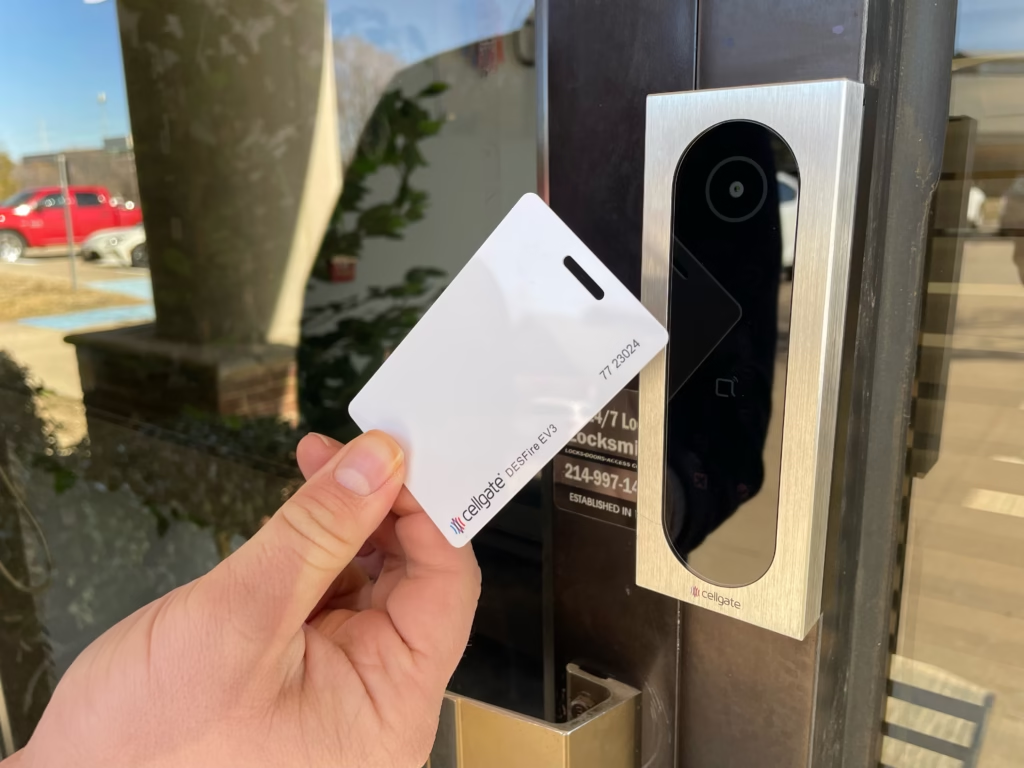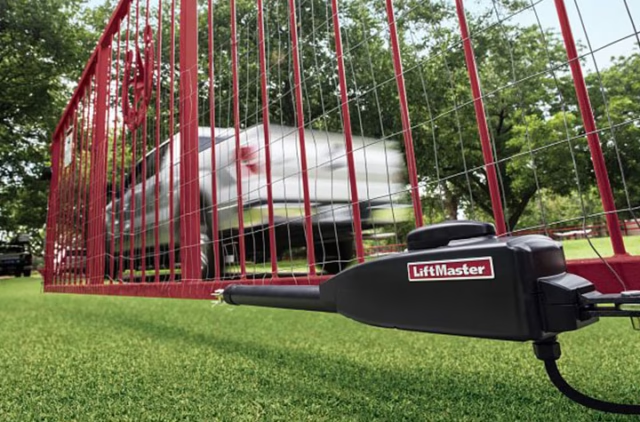When planning security for sensitive perimeters, wedge barrier system often emerge as a prime choice for their formidable vehicle-stopping power. These sturdy, ground-mounted barriers are designed to forcefully and reliably stop unauthorized vehicles, making them a common sight at government buildings, military installations, corporate headquarters, and other high-security locations. A question that frequently arises for project managers and safety directors is: What is the typical cost of such a system? The answer is not a single figure, but a range, typically ranging from about twenty-five thousand dollars to eighty thousand dollars per unit. This wide price spectrum is influenced by a complex matrix of factors, ranging from the core specifications of the barrier to the extensive support functions required for a fully operational installation.

Understanding the main components of cost
The basic cost of a wedge barrier system is determined by its basic engineering and performance characteristics. The primary unit, the wedge itself, is a heavily reinforced steel structure designed to rise above the ground to block a vehicle and then retract to allow cleared passage. The price fluctuates greatly depending on its size and stopping power. A barrier certified to stop a standard passenger car will be less expensive than a barrier certified to stop a heavy-duty truck traveling at high speed. These crash ratings, often standardized, are directly related to the amount of material, complexity of the design, and strength of the internal mechanisms, all of which affect the manufacturer’s price. Additionally, the choice of operation, whether hydraulic or electric, also factors into the initial equipment cost, with hydraulic systems often commanding a higher price due to their immense power and reliability.
Significant impact of site preparation and installation
Perhaps the most overlooked but important part of the budget is not the barrier unit itself, but the work required to embed it into the site. The wedge barrier system is not a surface mounted device; A significant excavation is required to create the concrete-reinforced pit that will house the mechanism. The cost of this civil engineering work can vary dramatically depending on local labor rates, soil composition, and the presence of underground utilities that may need to be relocated. In a simple installation with stable, sandy soil, costs will be low. In contrast, cutting bedrock or crossing the complex web of existing power, water and gas lines can easily double installation expenses. This stage also includes pouring the concrete foundation and creating the necessary drainage to prevent water from accumulating in the pit, which is important for long-term functionality.
Integration with access control and automation
A standalone barrier is of limited use; Its true value is realized when integrated into a comprehensive access control system. The cost of a wedge barrier system increases when it is attached to an entry system such as a keypad, card reader, biometric scanner or video intercom. These components require their own wiring, networking, and software configuration. Additionally, the barrier must be paired with a control panel, often located in a security booth, that allows manual override in case of an emergency. The sophistication of this integration is a major cost driver. A simple system with a single card reader will be much less expensive than a system that is completely networked, managed from a central security operations center, and programmed with complex rules for different user groups and schedules.
Operational Considerations and Accessories
For sites that require both vehicle and pedestrian access, the overall security solution becomes more complex and expensive. It is common to see wedge barrier systems in conjunction with other physical security measures. For example, a pedestrian gate equipped with swing gate operators can be installed near a vehicle barrier to control foot traffic. These swing gate operators themselves represent an additional cost, which is affected by their size, power and automation features. The need for supplemental systems such as crash-rated fencing, bollards or guardhouses to create a layered defense perimeter will also add to the total project investment. Additionally, it is important to take into account long-term operating costs. To ensure that the barrier deploys reliably every time, regular maintenance by a certified technician is non-negotiable, and this service contract represents a recurring annual expense.
Navigating the Purchasing Process
Given the wide range of costs, careful planning is paramount. The first step is always a thorough security assessment and site survey performed by a qualified professional. This assessment will define the required crash rating, required speed of operation, and optimal integration with existing security infrastructure. With these specifications in mind, potential buyers should seek detailed quotations from multiple suppliers. These quotes should be comprehensive, clearly detailing the cost of the equipment, anticipated installation and civil work, the price of access control integration and any anticipated maintenance fees. Line-item breakdown prevents unexpected costs from emerging later in the project.
Conclusion
In conclusion, it is impractical to set a single, universal price for a wage barrier system. The final cost is a combination of the physical specifications of the barrier, the complexity of its installation, the depth of its integration with access control technology, and the inclusion of supporting equipment such as pedestrian swing gate operators. While the initial purchase price for the unit itself may start in the thousands, the total project cost, including site work, integration and ongoing maintenance, can easily reach or exceed six figures for a single, fully operational entry point. Therefore, the most effective way to budget for a wedge barrier system is to first invest in a professional site and risk assessment, use those detailed specifications to ask for comprehensive quotes, and always plan for significant, yet necessary, expenses beyond the barrier unit itself. This diligent process ensures that the implemented system meets both security requirements and financial expectations.







